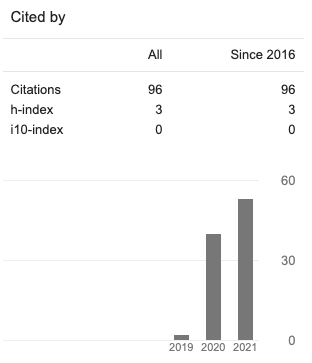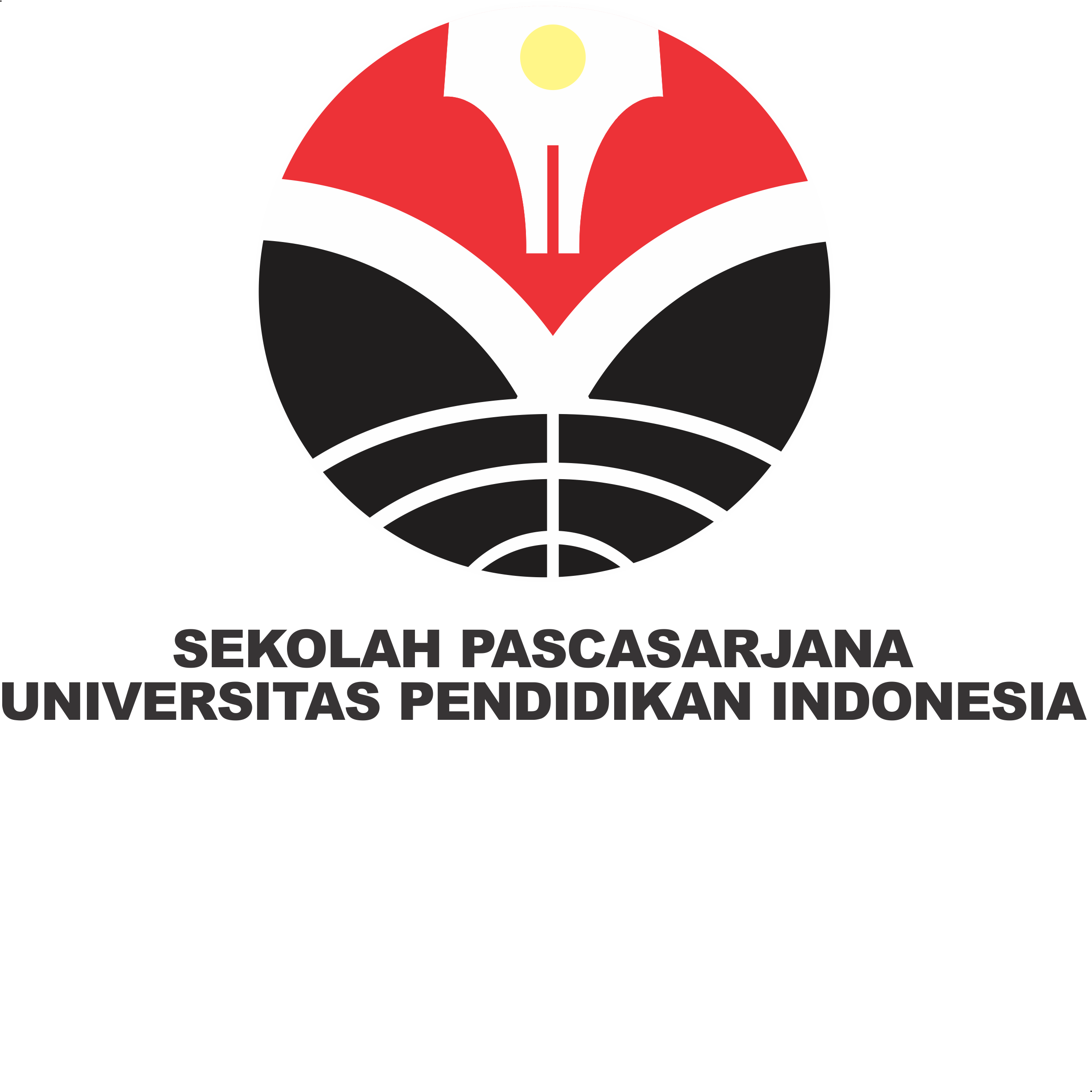The Development of Student’s Worksheet Oriented Scientific Approaches for Primary School and it’s Application
Abstract
This study aims to develop supporting teaching materials, namely student worksheets in fourth grade of mathematics subjects, especially about the perimeter and area of square, rectangular and triangle. The type of this research is using Research and Development (RnD) that using the 4D model (Four D Model) (define, design, develop, and disseminate). The subjects of this study were 1 teacher and 25 fourth grade students at SDN Serang 02. Data in this study were collected by tests, questionnaires, and documentations. Data analysis carried out is qualitative and quantitative. The results of the study obtained an average value of expert validation with an average score of 86.5% and included a very feasible category, the average value of teacher responses to worksheets was 86.2% with a very good category and the average response value of students was 86, 1% with a very good category and an average comprehension test score of 81.4 with a very good understanding category. Based on these data it can be concluded that the mathematical worksheet oriented scientific approach can be used in learning because it is considered feasible to be used as supporting teaching material in mathematics learning and is able to facilitate students' understanding of the material "perimeter and area of square, rectangular and triangle"















